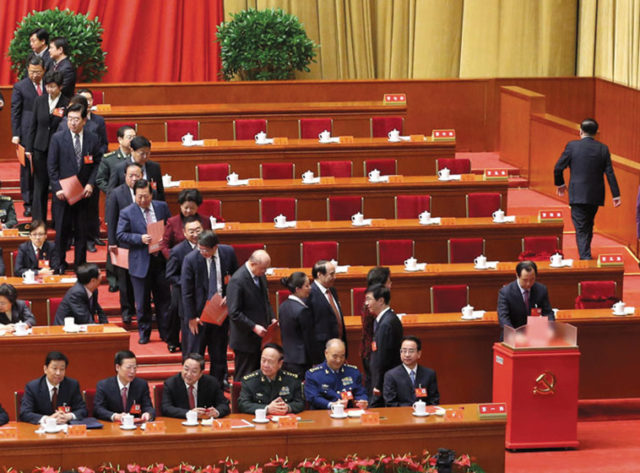As the dust settled following the Eighteenth Congress of the Chinese Communist Party held in November 2012, and the transition period of party-state leaders drew to a close with the National People’s Congress session in March 2013, it was time to reflect on the outcomes of the latest leadership turnover.
Many commentators have noted a change in style, beginning with Xi Jinping’s relaxed attitude when announcing the new Standing Committee (in contrast with Hu Jintao’s usual wooden delivery of his work report only days before), yet it remains doubtful that style will translate into substantial reform. Rather than focussing on the micro-politics and factional jostling of Zhongnanhai — an environment about which one is hard pressed to produce anything more than informed guesswork — the following notes are the result of taking a step back from the minutiae of politics and speculation in China today and situating the transition within a larger social and intellectual context.
In the first place, the transition can be viewed from the two perspectives of institutionalisation and politicisation. An important question raised in the run-up to the Congress, especially in the context of the fall of the Chongqing Party Secretary Bo Xilai in March 2012, was to what extent the procedural mechanisms were strong enough to resist Bo’s challenge, and whether the new leadership would propose a clear political line in response to those who aspire to reintroduce politics into the Party’s technocratic discourse of governance.
Although many commentators have criticised the new Politburo Standing Committee (PBSC) for its alleged conservatism, it may make more sense to highlight the evacuation of political factors in choosing the candidates. All members of the previous Politburo aged sixty-seven or under were up for promotion; however, rather than striking a balance between ‘elite princelings’ and ‘populists’, promotion took place strictly by age (aside from the two top leaders), with Politburo members young enough to enter the PBSC in 2017 being left out of (the 2012) selection. This provided a most convenient non-factional explanation for the decision to restrict it to seven members, allowing a ‘depoliticised’ compromise for PBSC membership. The institutionalisation of succession by age has attained a high degree of refinement: ten years in advance of the next transition, Hu Chunhua and Sun Zhengcai (both born in 1963) were preferred for induction into the Politburo over Zhou Qiang (b.1960). In this sense, we may say that the transition favoured institutionalisation over politics. This was compounded by the setting of an historical precedent with Hu Jintao stepping down as head of the Central Military Commission at the same time as handing over the position of Party General Secretary.
Another perspective from which to view the post-Congress wash-up is the sociology of the elites, and the capacity of the Chinese Communist Party to absorb newly emergent and rising social groups. While admirers of China’s ‘authoritarian resilience’ tend to highlight the meritocratic dimension of the party leadership-promotion system, in keeping with the growing ‘institutionalisation’ of non-democratic decision-making procedures, Xi Jinping’s immediate symbolic call to fight corruption attests to how deeply the regime, including the arm devoted to economic policy and the governance of state-owned enterprises, is paralysed not only by egregious corruption, but also by factional infighting, patron–client ties and vested interests (jide liyi 即得利益 has become a catchword). While, in terms of the institutionalisation of succession procedures, the new PBSC may be seen as a providing a successful example of the evacuation of political challenges within the system, on the sociological level, with the exception of Li Keqiang, it is dominated by offspring of former leaders (‘princelings’). In this sense, the leadership risks being confronted by an ever-wider coalition of groups who feel excluded from the small circles of power that make decisions behind closed doors (China’s urban ‘white collars’ may be fed up with being governed by ‘black collars’ with their nexus of party-state power), and infighting for the next major PBSC turnover in 2017 has probably already begun.
The third perspective on the party-state power transition relates to state–society relations and the familiar alternating periods of fang 放 (relaxation) and shou 收 (repression). As many analysts have noted, there has been a documentable ratcheting up of repression since 2008, regardless of whether this was triggered by the Tibetan uprising, the Olympic Games, the Ürümchi protests or the sixtieth anniversary of the People’s Republic. According to the usual cycle, there is a good chance that it will be followed by a wave of fang — something perhaps suggested by the downgrading of the head of Political-Legal Committee from PBSC membership.
In recent years, the Stability Maintenance system, encompassing the Ministries of State and Public security and various other bodies under the overall responsibility of Zhou Yongkang, has been able to secure huge funding for its activities, thus becoming one of the greatest entrenched interests of all. Hence, the recent announcement by the new head of the Political-Legal Committee, Meng Jianzhu, that the practice of Re-education Through Labor would be abolished probably also reflects a desire at the top to rein in the security apparatus and its rising costs. However, a phase of fang or relaxation will not necessarily mean less control overall, but rather simply control of a different nature. After all, the Party has become increasingly interested in the pursuit of what we may call corporatism or ‘incentivised authoritarianism’. This is an approach in which carefully vetted non-governmental structures are employed to pull certain sectors of society into the orbit of the state and then ultimately outsource control of society to them. This type of ‘social management’ (shehui guanli 社会管理), which can also be seen as a Chinese version of global managerialism, is evident both in the policing of the Internet and oversight of NGOs. We might see such forms of creative Party-directed social management strategies extended through a number of symbolic measures, such as hukou 户口 or household registration reform, the one-child policy or assets disclosure of government officials.
The questions of greater elite diversity and shifting social control from repression to the cooptation of society via vetted para-state organisations brings us back to the question of politicisation. Any reform agenda can only be successful, even in a limited way, if it can mobilise widespread support inside and beyond the Party. However, while in the 1980s there was a remarkable, if temporary, consensus between a broad swathe of thinkers in China’s intellectual world and a group of reformers and technocrats within the state bureaucracy, since 1989 consensus has proven elusive, even among intellectuals. This has been the case in regard to specific policy alternatives as well as for more fundamental questions such as the nature of the Chinese nation, the place of revolution in twentieth-century Chinese history, and the ideal institutional framework for the state in the twenty-first century. In recent years, we have seen a growing divergence between ‘organic’ intellectuals who keep a foot inside the system and the search for alternatives outside it in the arenas of legal and social activism, rights defence, as well as academic, journalistic or artistic research on ‘vulnerable groups’ (ruoshi qunti 弱势群体). Reform proposals for the polity as a whole have ranged from the most gradual to the most radical, like those of the authors and signatories of Charter 08 which called for political liberalisation. Where, if at all, can intellectuals inside and outside the system find the impetus for a new consensus?
The retired Peking University professor of Chinese literature Qian Liqun has proposed a useful typology of current intellectual positions, which he divides into six clusters:
- the ‘China Model’, based on nationalism, statism and populism: encouraged by the government, with a strong popular base
- Mao-nostalgia, supported by certain old cadres, intellectuals and laid-off workers
- ‘New Democracy’, brought back into the limelight in recent years by Liu Yuan and Zhang Musheng and supported by the ‘Red Boomers’, based on absolute preservation of the power of the Party but more flexible on policy matters
- Social democracy inspired by the theories of the late Xie Tao, allying constitutionalism and social protection, supported by publications like Yanhuang Chunqiu 炎黄春秋
- Liberal constitutionalism (Charter 08), supported by a strong majority of the metropolitan media and NGO workers
- New Confucianism, which supports a return of the state and the use of National Studies (guoxue 国学) as an element of soft power, with a strong anti-Western streak.
This typology is quite useful as it offers a more nuanced account than one-dimensional analysis of the ‘New Left’ and ‘New Right’, which in recent years have also been loosely aligned with the Guangdong and Chongqing ‘models’. This kind of binary analysis structures (and strictures) the analysis and understanding of China’s complex intellectual topography among many Western analysts. In such a landscape, liberal constitutionalists are also advocates of privatisation and laissez-faire capitalism, while ‘leftist’ alternatives are found only on the side of pro-party intellectuals like Wang Shaoguang.
However, Qian Liqun does not specify how these groups or forces are situated on a political spectrum; such a classification would be useful in thinking about possible alliances. These six groups could be arranged according to a classic left to right graduation: Neo-Maoists would be the furthest on the left, followed by New Democracy, Social Democrats, Liberal Constitutionalists, with New Confucians (a category which might be usefully broadened to include ‘Neo-Traditionalists’) furthest to the right. Supporters of the China Model seem versatile or apolitical, sharing a form of populism with the Mao-nostalgics, cultural nationalism with the Neo-Traditionalists and the primacy of the absolute power of the party with advocates of New Democracy.
Where, then, on this political spectrum might a new consensus emerge? Various options seem possible. On the right we might see a conjunction based on nationalism, anti-Westernism and the rejection of democracy, which could federate all groups except social democrats and liberals. An alliance to the left, however, might be based on the idea of corporatism: by co-opting carefully vetted NGOs and various other non-government groups and outsourcing the provision of social services to them (as Wang Yang successfully did in Guangdong), it could both increase control of society and, at the same time, improve social services, something advocated by proponents of the ‘Chongqing Model’ and the New Left.
The last option, which might seem the most desirable, also appears the most unlikely: an alliance of moderates at the centre, one which rejects both the neo-Maoist model of a state-controlled society and the capitalist jungle in favour of a framework that offers both constitutionalism and social justice. Such an alliance, which could bring together Liberals and the Chinese version of Social Democrats, with strong support within the modern media would, nonetheless, need to broaden drastically its appeal, not only to certain Neo-Traditionalists, but most importantly among princelings, technocrats or other groups whose support would be crucial for the realisation of the reforms such an alliance might advocate.




